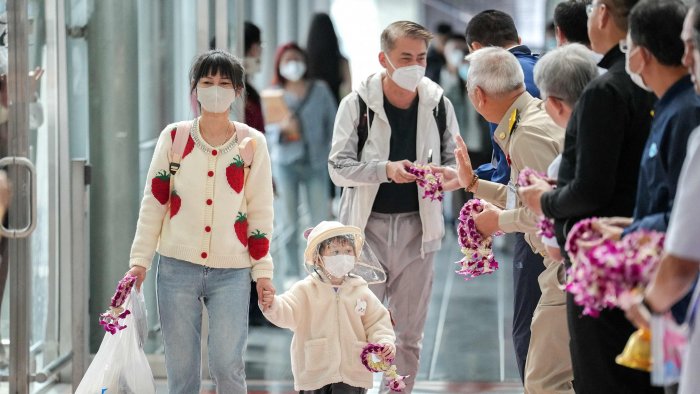BEIJING – The peak of China’s COVID-19 wave is expected to last two to three months, and will soon swell over the vast countryside where medical resources are relatively scarce, a top Chinese epidemiologist has said.
Infections are expected to surge in rural areas as hundreds of millions travel to their home towns for the Lunar New Year holidays, which officially start from Jan. 21, known before the pandemic as the world’s largest annual migration of people.
China last month abruptly abandoned the strict anti-virus regime of mass lockdowns that fuelled historic protests across the country in late November, and finally reopened its borders this past Sunday.
The abrupt dismantling of restrictions has unleashed the virus onto China’s 1.4 billion people, more than a third of whom live in regions where infections are already past their peak, according to state media.
But the worst of the outbreak was not yet over, warned Zeng Guang, the former chief epidemiologist at the Chinese Center for Disease Control and Prevention, according to a report published in local media outlet Caixin on Thursday.
“Our priority focus has been on the large cities. It is time to focus on rural areas,” Zeng was quoted as saying.
He said according to Reuters that a large number of people in the countryside, where medical facilities are relatively poor, are being left behind, including the elderly, the sick and the disabled.
The World Health Organization this week also warned of the risks stemming from holiday travelling.
The UN agency said China was heavily under-reporting deaths from COVID, although it is now providing more information on its outbreak.
“Since the outbreak of the epidemic, China has shared relevant information and data with the international community in an open, transparent and responsible manner,” foreign ministry official Wu Xi told reporters.
Chinese virologists said on Friday they have discovered one infection with the Omicron subvariant XBB.1.5, which has been described by WHO scientists as the most transmissible sub-variant so far after its rapid spread in the United States in December. There is no evidence yet that it is more severe.
Health authorities have been reporting five or fewer deaths a day over the past month, numbers which are inconsistent with the long queues seen at funeral homes and the body bags seen coming out of crowded hospitals.
China has not reported COVID fatalities data since Monday. Officials said in December they planned monthly, rather than daily updates, going forward.
Although international health experts have predicted at least 1 million COVID-related deaths this year, China has reported just over 5,000 since the pandemic began, one of the lowest death rates in the world.
Concerns over data transparency were among the factors that prompted more than a dozen countries to demand pre-departure COVID tests from travellers arriving from China.
Beijing, which had shut its borders from the rest of the world for three years and still demands all visitors get tested before their trip, objects to the curbs.
Wu said accusations by individual countries were “unreasonable, unscientific and unfounded.”
Tensions escalated this week with South Korea and Japan, with China retaliating by suspending short-term visas for their nationals. The two countries also limit flights, test travellers from China on arrival, and quarantine the positive ones.
Parts of China were returning to normal life.
In the bigger cities in particular, residents are increasingly on the move, pointing to a gradual, though so far slow, rebound in consumption and economic activity.






Discussion about this post